- What is diaper rash?
- Cause of diaper rash
- How to prevent diaper rash
- Natural remedies for diaper rash
If you're a first-time parent, it's time to get clued up on diaper rash. You'll likely encounter it at some point in your child's early years, so it's important to know why it happens and what to do.
What is diaper rash?
Diaper rash can be found as a result of irritation. It normally appears in the form of a red, splotchy rash on your baby's bottom and genitals. It can also appear as red scales.
Causes of diaper rash
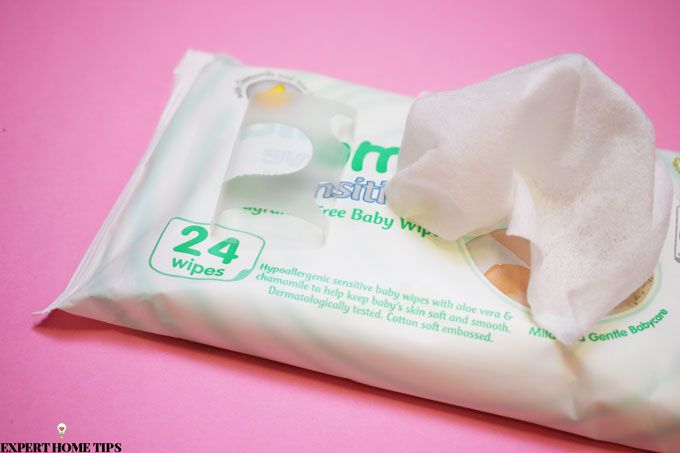
First thing's first: diaper rash is very normal and common, so don't worry. It can be triggered by a few different factors, including:
- Sensitive skin
- Change in diet
- New products used on the skin
- Ill-fitting diapers
- Irritation from urine or stools
How to prevent diaper rash
1. Keep them clean & dry
It sounds simple because it is! The first and most important fix for diaper rash is to keep your baby's diaper as clean and dry as possible.
2. Let them breathe
Allow your baby sometime each day to be diaper-free. Whilst this is a little bit risky as far as accidents are concerned, it's important to allow the skin to breathe from time-to-time.
You should also make sure that the diaper isn't wrapped too tightly when you do put it back on.
3. Be gentle
When cleaning your baby's bottom, be as gentle as possible. Any excess rubbing could result in irritation. You should avoid baby wipes that contain alcohol.
4. Use mild products
Always use mild products when bathing your baby. Opt for products specifically catered to their sensitive skin.
Natural remedies for diaper rash
1. Coconut oil
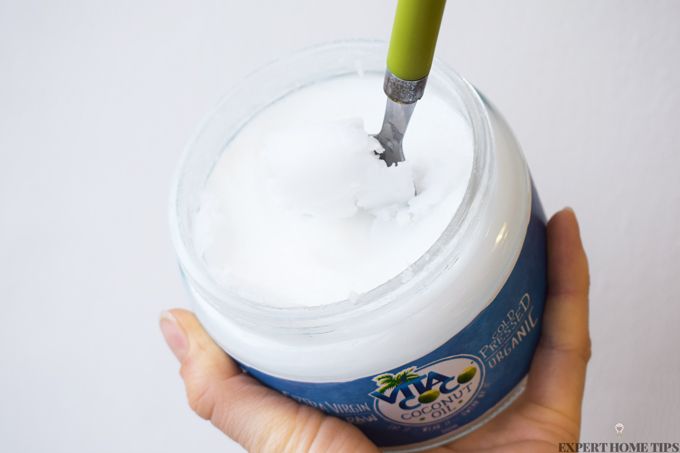
That jar of coconut oil you have in the kitchen? It's got a whole bunch of health and beauty benefits. It's antifungal and antibacterial which makes it perfect for treating diaper rash.
2. White vinegar
Mix a teaspoon of white vinegar into a cup of clean water. When you change your baby, wipe the solution over their bottom. The acidity of the vinegar will balance out with urine which is alkaline.
TOP TIP: If you use reusable cloth diapers, rinse them in a solution of equal parts white vinegar and water.
3. Breast milk
Did you know that breast milk contains antibodies that can combat diseases without causing inflammation? It's pretty powerful stuff, and that's not all - breast milk's healing powers can be used on diaper rash.
To try it, express some breast milk and apply a few drops to the rash. Wait for the milk to dry naturally so that it can work its magic. Once the milk has dried, put a fresh diaper on your baby.
4. Petroleum jelly

Also known as Vaseline, petroleum jelly can be used to treat diaper rash. It's highly moisturising and works as a barrier between your baby's delicate skin and the texture of the diaper.
5. Cornstarch
Diaper rashes are partly caused by moist conditions, so it's important to make sure your baby's bottom is as dry as possible. Cornstarch is great at absorbing moisture. Once you've cleaned your baby, carefully apply some of the powder to their bottom. Put on a clean diaper as normal.
6. Oatmeal
You might have heard of using oatmeal in your baths to cure chicken pocks, but what about diaper rash? Pour some oats into a sock or the leg of an old pair of tights. Tie a knot to secure and add to the bath. It's surprisingly soothing for the skin!
7. Apple Cider Vinegar
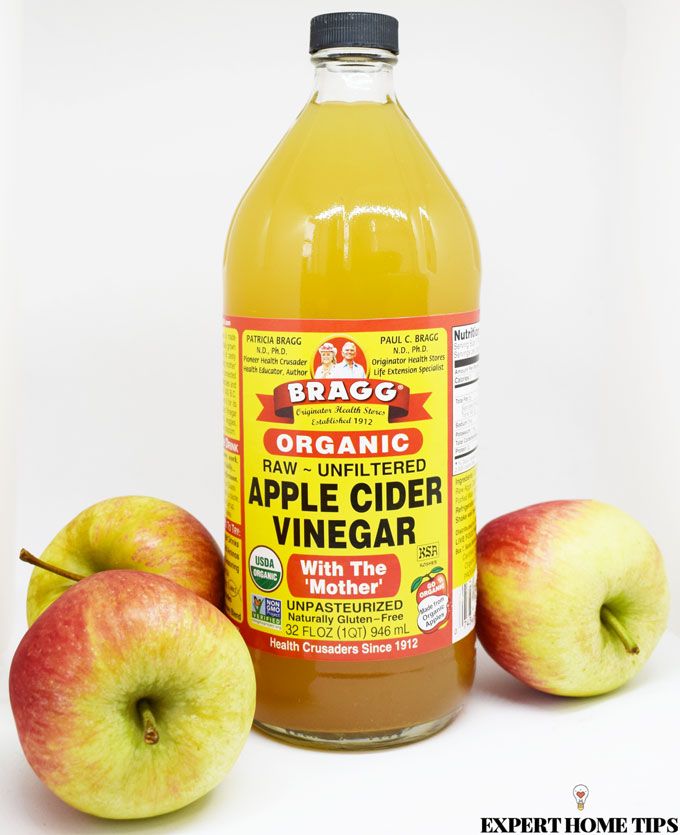
Apple Cider Vinegar is antibacterial, making it the perfect solution for diaper rash. You can either add a cupful to their bath or carefully apply some directly to the rash. This is not recommended for more severe rashes as it may sting.
8. Chamomile Tea & Honey
Honey is a wonderful, natural antiseptic with the power to soothe inflammation. Brew two cups of chamomile tea and mix in 1 tsp of honey.
This treatment works best if applied to the rash using a spray bottle. Simply spray the rash every time you change your baby's nappy, being sure to wait for the skin to dry each time.
9. Aloe Vera
Do you have an aloe vera plant at home? It's about time you did! Take one of the leaves and extract the gel. It's incredibly soothing for the skin. Alternatively, you can purchase the gel in a bottle from most drugstores.
10. Baking soda

Baking soda is another popular choice for resolving diaper rash. Just add a couple of tablespoons to their bath for quick results.
11. Tea tree oil
To enhance coconut oil's antifungal properties, you can add 5 drops of tea tree oil to every 2 tablespoons of coconut oil. Never apply the oil directly to the skin.
12. Yoghurt
If the diaper rash is triggered by a yeast infection, yoghurt is a great cure. Take a tub of plain yoghurt and smooth some onto the rash. This is a completely safe and fast fix.
13. Epsom salt
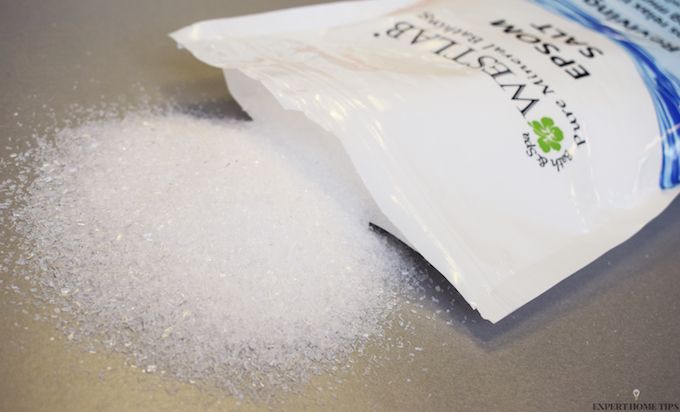
To help dry out the rash, add 1 cup of Epsom Salts to your baby's bath. Alternatively, mix 1 tbsp of Epsom salt into a cup of clean water. Use a cotton wool ball to wipe the solution onto the rash.
Q&A
What about using medicated diaper rash creams?
If your baby's rash is severe, you should visit your doctor. They can prescribe a medicated cream. You can also buy creams from the drugstore for less serious cases of diaper rash if you don't want to opt for natural methods.
Is diaper rash painful and itchy?
Yes. As a result, diaper rash can be very uncomfortable for babies and toddlers. It's important to treat it quickly to stop it from getting worse.
Is diaper rash linked to teething?
There is no direct link between teething and diaper rash. That said, if your child has diarrhoea as a result of teething, this may increase the chances of a diaper rash forming.
Is diaper rash contagious and can it spread over the body?
This will depend on the cause of the diaper rash. If your baby has a bacterial or fungal infection, this can be spread to other parts of their body, or even onto other people. After changing your baby, be sure to wash your hands thoroughly with antibacterial soap.
Do cloth diapers cause nappy rash?
Whilst reusable cloth diapers are the best way to go for the environment, they can hold bacteria. You have to make sure that they are thoroughly cleaned to avoid build-up.
Ensure that you rinse them several times to avoid a build-up of detergent and germs. You should also make sure that they are completely dry before use.
You can also try our laundry detergent alternatives to see if they help.
How do you use Sudocream for nappy rash?
Apply the cream to the rash with clean hands. This'll soothe it and also act as a barrier from the nappy.
What are the best nappies for nappy rash?
The "best" diaper varies from baby to baby. Test out a few different brands until you find one that fits your baby well.
How long does it take for nappy rash to clear up?
This will vary depending on the cause, severity, and treatment. A mild case should go after approximately 3 days. If you find that your chosen treatment method has not worked after 7-10 days, visit a doctor.
Are there any long term side effects of diaper rash?
Yes. If untreated, it could result in the following side effects:
- Skin peeling
- Fever
- Pus oozing
- Candidiasis
Have you tried any of these methods to remedy diaper rash? Let us know which ones have worked for you in the comments below.
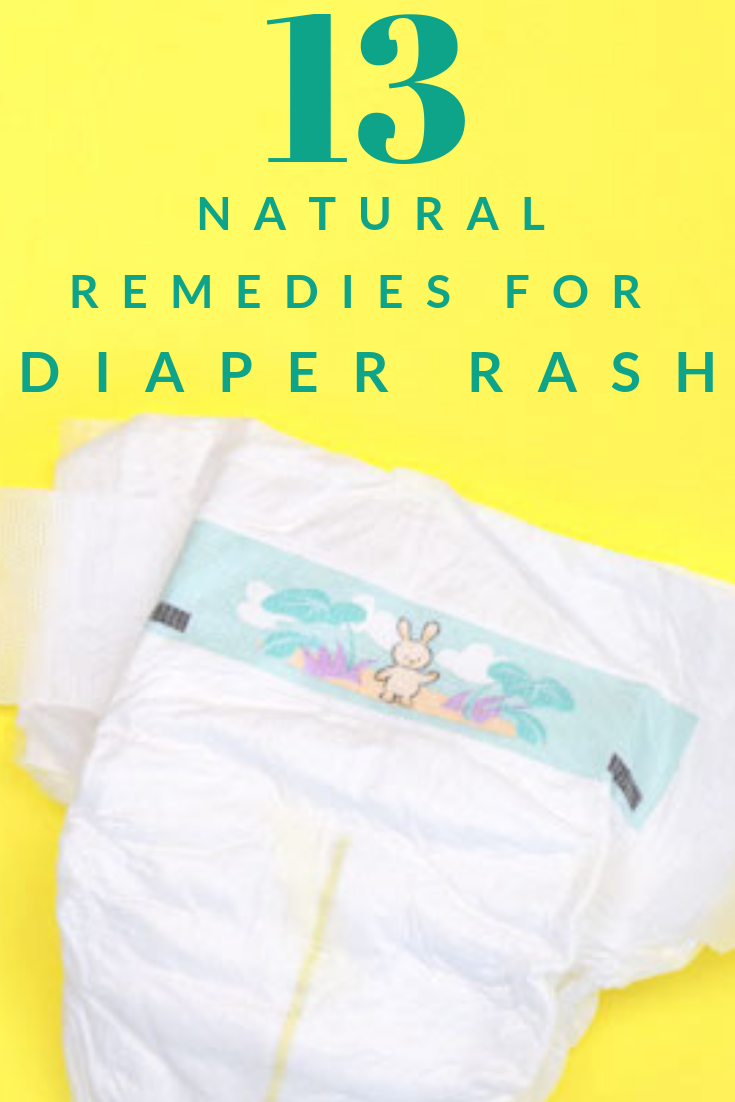
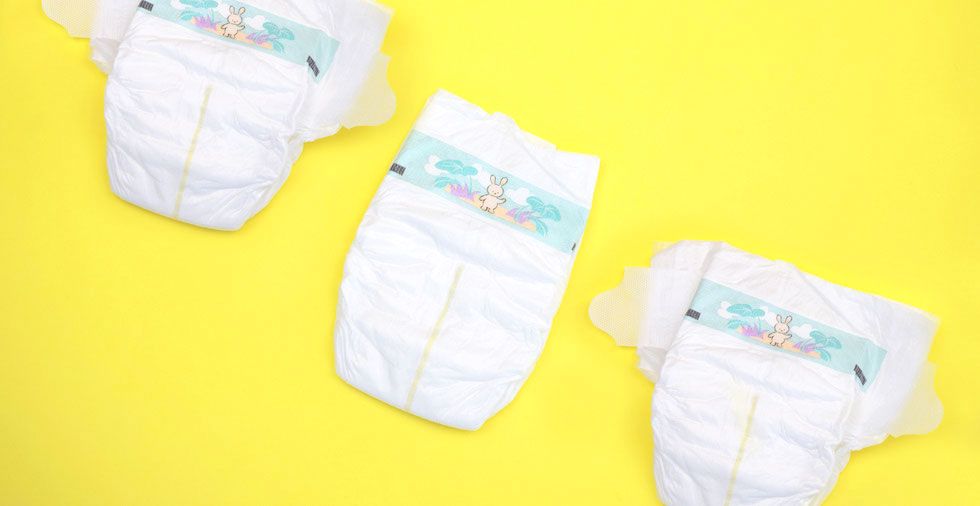
When my daughter was born back in the 70s she had nappy rash ,my midwife told me to put the white of an egg on it and let it dry , it worked perfect ,it was clear very quickly x
Interesting idea! Thanks for sharing, Elaine.
I was told exactly the same thing Elaine. It worked as it put a film on the skin .
Using egg white to treat diaper rash is an old remedy that some have found effective. The egg white forms a protective layer and may help soothe the skin. Just apply a thin layer, let it dry, and see if it helps alleviate the rash for your little one.